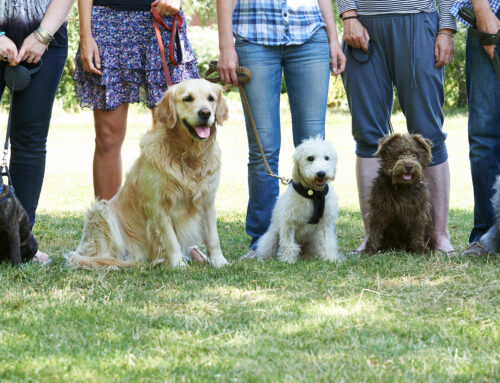Moving from quantitative clues to qualitative insights in the fashion industry. An industry insider offers her viewpoint…
This is the third posting in our series of comments about the current status of qualitative research as a tool for marketing and advertising.
We are primarily a quantitative shop but we often we find it helps to use qualitative approaches to triangulate something we’ve found via a quantitative approach. For example:
- To better understand the nuances of language. One of the most powerful areas in consumer research right now is text analytics, which can take massive amounts of verbatim data from sources like Facebook posts, Amazon reviews, tweets, blog posts, text responses, emails, etc., and summarize them in seconds. It’s a very efficient way to make sense of a lot of messy data very quickly and my team has been using this approach for years to identify potential product quality issues. We’ve concluded that it’s a great method for identifying where to dig, but there’s no substitute for actually reading a sample of the target consumer’s comments – and that is more of a qualitative exercise. Here’s an example: a running shirt produces a lot of comments that contain the word “ripped” – but are the consumers saying that the product is ripped, or are they excited about getting ripped at the gym? Or are they telling us something else entirely? We might take an educated guess based on the quantitative summary of the text comments, but the qualitative piece is often critical to really understanding what customers are saying.
I also can think of several areas where qualitative is useful for gaining insights that we probably wouldn’t have been able to obtain via quantitative methods. Here are a few examples that quickly come to mind:
- Early product or prototype assessments. It’s often valuable to ask customers to interact with a new product to gain insights before going to market; this is particularly valuable when the product isn’t yet widely available. Examples I can think of immediately include comparing the feel of new fabrics or trying on and walking around to test a new type of running shoe.
- Understanding consumer behavior in-store. We’ve found that customers aren’t always aware of how their shopping behavior is influenced by changes in displays or the merchandising programs we have within our stores. A shop-a-long might reveal points of influence (or lack of influence?) that the customer doesn’t overtly notice or won’t spontaneously mention.
- Developing emotional insights through the study of body language. When we have women try on clothing for focus groups, they often will place their hands on their sides when talking about the concept of “flattering”. We’ve started calling the emotion behind that this gesture “Curve Pride”.
- Developing social insights through dynamic group discussions. In Japan, we had groups of female friends talk about clothes and the group discussion was especially helpful for uncovering their thoughts around the role of clothing as it relates to shame, pride, conformity, and group harmony.
So, in response to your initial question: “Is qualitative research dead?” No – not really. We have other tools we use routinely to sketch out the big picture, but we still use qualitative research selectively to fill in the blank parts of the canvas and to add texture and color. For our business, qualitative is still very useful – but we use it selectively.
Sr. Manager of Insights and Analytics for a large fashion apparel retailer






